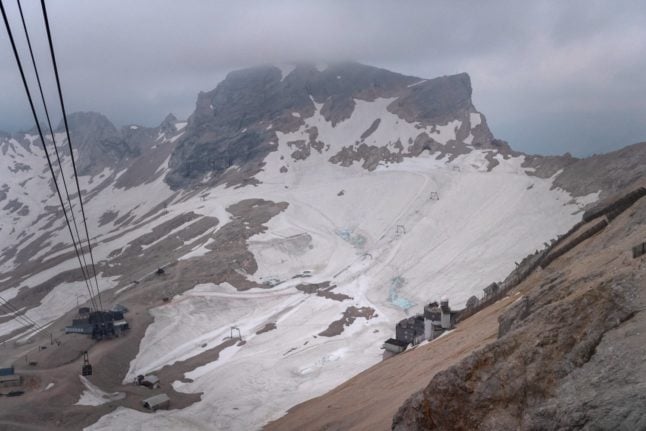With April a particularly dangerous month, Easter holidaymakers have been advised to take extra care.
“There are a lot of snowmobiles out there during Easter. It is the time of year when snowmobiles are used the most, especially in the mountains. Easter falls very late this year and that means the ice is much weaker,” said Per-Olov Wikberg, coordinator with Nationella snöskoterrådet (National Snowmobile Council).
According to Wikberg, the majority of snowmobile accidents happen around Easter. Of 70 deaths due to accidents involving the vehicle type in the last ten years, almost half were the result of drowning. Several other serious ice-related accidents have also occurred.
“The thing that is special about snowmobiles is that they are heavy and can travel very fast. You can quickly find yourself on bad ice without hearing or seeing the warning signs,” he said.
A survey carried out by the snowmobile council found that three out of ten people had experienced an accident caused by ice breaking or nearly breaking.
Only four out of ten said they had consulted somebody with local knowledge before heading out onto the ice.
Authorities therefore advise the public to always prioritise safety when deciding whether to go out on the vehicles or on the ice in general, particularly in unfamiliar areas.
“This year it’s nasty. The ice can crack very fast and this does not depend so much on the temperature, but on the fact the sun is high in the sky. That warms the inside of the ice,” said project manager Jan Insulander of ice safety advisory board Issäkerhetsrådet.
“Keep in mind that ice that was hard and cold in the morning can become slush that you can fall through later in the day,” he added.
The National Snowmobile Council believes that the public needs better – potentially life-saving – knowledge about ice and lakes.
“Everyone should have respect for the ice, because the ice can quickly become bad in the spring because of heat and sunshine,” Wikberg said.
READ ALSO: Five top tips for staying safe on the ice in Sweden



 Please whitelist us to continue reading.
Please whitelist us to continue reading.
Member comments